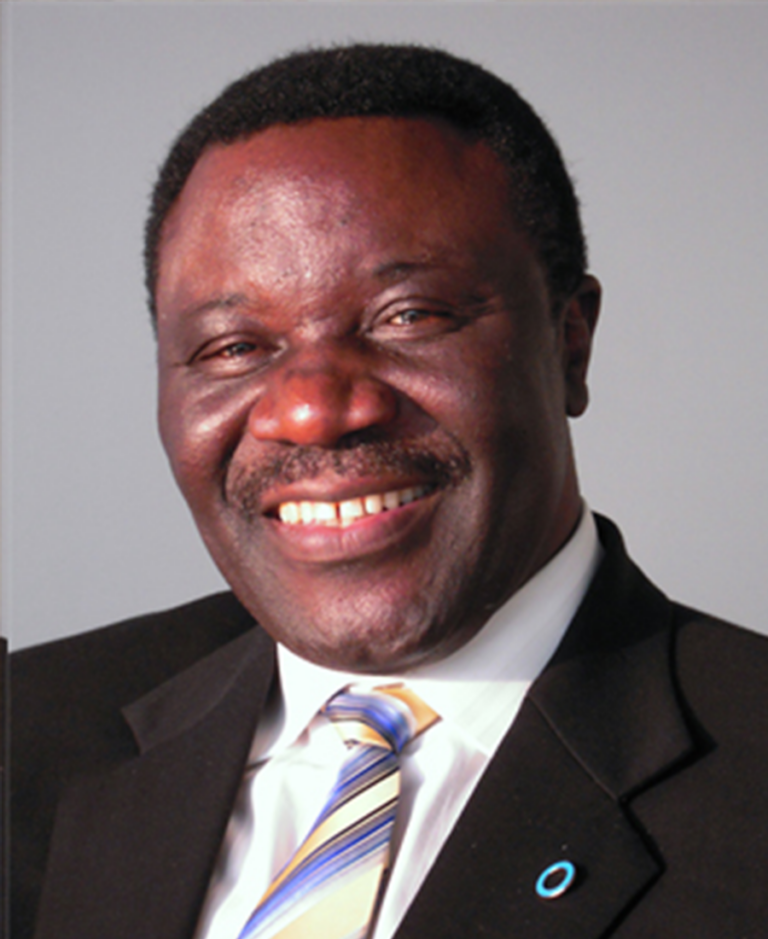This stream focuses on all aspects related to diabetes education, self-management and diabetes support, with a particular focus on diabetes care delivered by healthcare providers, peers, families or communities, as well as diabetes management systems/models integrated into diabetes tools with diabetes detection, blood glucose monitoring, diet or physical activity. All this improved by diabetes technology.
Diabetes technology: historically divided into two main categories: insulin delivered by syringe, pen, patch, or pump (also called continuous subcutaneous insulin infusion [CSII]) and glucose assessed by monitoring Blood Glucose Monitoring (BGM) or continuous glucose monitoring (CGM), diabetes technology has expanded to include automated insulin delivery (AID) systems, in which CGM-based algorithms modulate the insulin administration, connected insulin pens, as well as diabetes self-management software serving as medical devices. Diabetes technology, when combined with education, monitoring and support, can improve the lives and health of people with diabetes; However, the complexity and rapid evolution of the diabetes technology landscape may also pose a barrier to implementation for people with diabetes, their care partners, and the care team.
Learning objectives
- Teach people how to live with diabetes.
- Optimize training course design
- Focus on diabetes education or care with emphasis on
*diabetes detection
*screening for complications (microvascular, macrovascular, co-morbidities for multidisciplinary and integrated care (NCD framework in primary health care (WHO-PEN / WHOPEN-PLUS: and - Utilize both classic and improved tools
- Overcome language barriers
*develop or offer educational programs and materials in culturally adaptive languages for improving their cultural competency, addressing health literacy, and ensuring communication with language assistance














